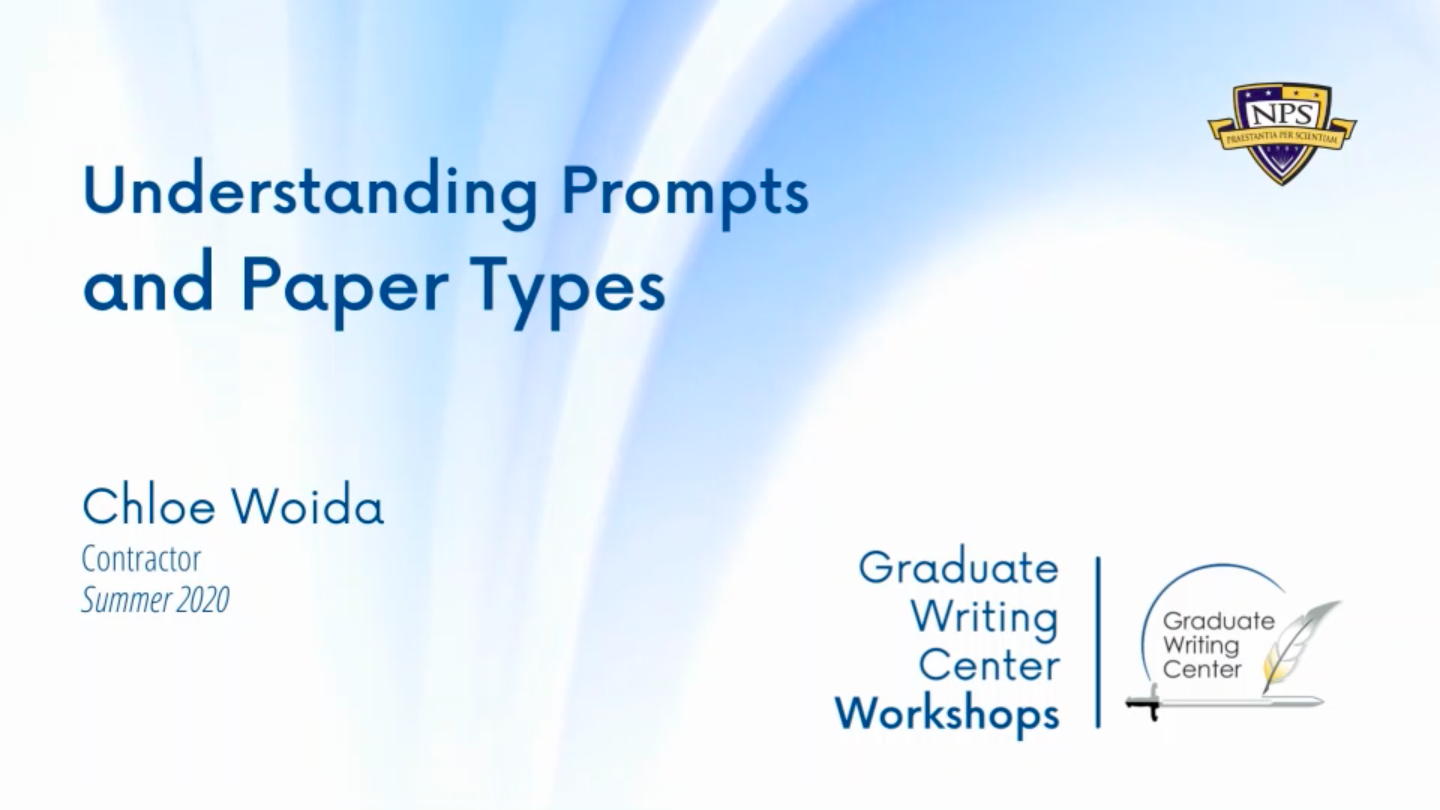Human Robotic Swarm Interaction Using An Artificial Physics Approach - Video Portal
Human Robotic Swarm Interaction Using An Artificial Physics Approach
LT Brenton Campbell, USN
This thesis explores the use of an artificial physics framework to provide centralized control of a collection of agents in close proximity to a human operator. Based on the spatial separation between agents, agents to way-point, and agents to operator, the artificial physics framework calculates virtual forces that are summed and translated into velocity commands. The virtual forces are modeled after real physical forces such as gravitational and Coulomb forces but are not restricted to them, for example the force magnitude may not be proportional to one divided by separation distance squared. These virtual forces allow the collection of agents, or the swarm, to autonomously find the operator, create a formation, and navigate way-points. The operator has high-level control of the agents via a hand held-controller. This framework is applicable to a scenario where an operator in the field needs to work with several autonomous vehicles but is unable to devote a high-level of focus to controlling agent behavior. We implemented an artificial physics framework in two simulation environments and in physical indoor experiments with a team of three unmanned aerial vehicles. The results from the physical experiments show that an artificial physics based framework is an effective way to allow multiple agents to follow a human operator inside a small arena with only minimal operator input.




